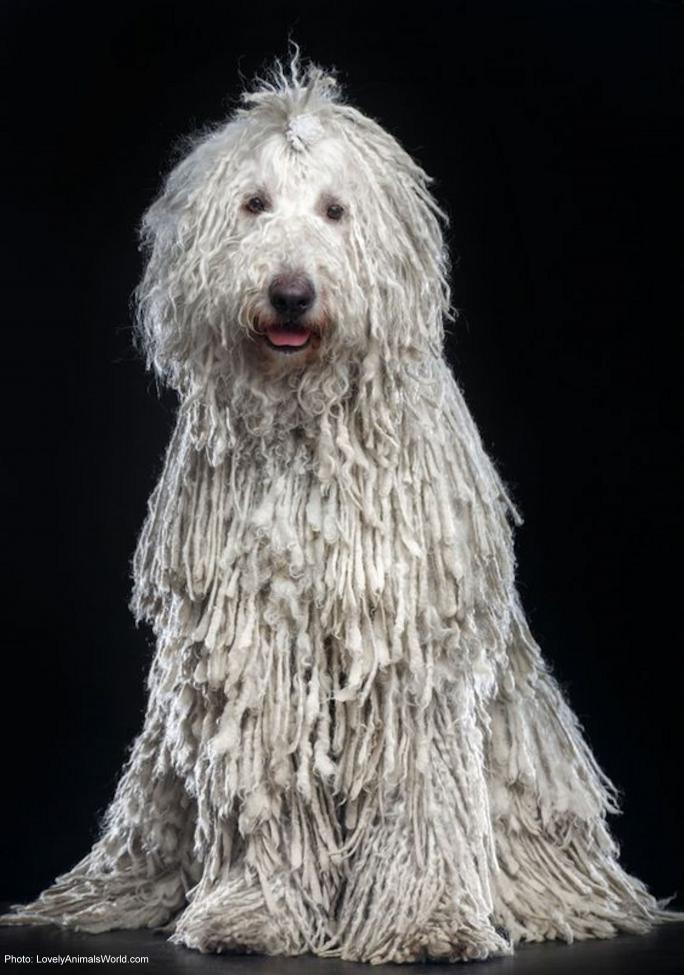|

The Komondor, a breed of dog that has been declared one of Hungary's national treasures, is the second issue in the “Hungarian Sheep and Hunting Dog Breeds” series. It is featured on both sides of a legal tender 2,000 forint coin, with a profile portrayal on the front, and a trio of them guarding livestock on the back. The coin is made of an alloy of copper, nickel and zinc and measures 34 mm (1½ inches) in diameter. It weighs 16 grams, and is limited in issue to a maximum of 10,000 coins. It is struck in proof-like quality and will be available for $19.95 (5 or more for $17.95 each) when it is released by the mint in Budapest at the end of September.
The Komondor is also known as the Hungarian sheepdog It is a large, white livestock guardian dog best known for its distinctive, long, corded coat. It is for this characteristic that they are sometimes called “mop dogs.”
Komondorok, as the are called in the Hungarian plural were brought to Hungary by the Cumans, a Turkic speaking, nomadic people who settled in Hungary during the 12th and 13th century. The name comes derives from “quman-dur,” meaning "Cuman dog". Its ancestors were Tibetan dogs who came from Asia with the Cumans. As the Mongols began to expand their territories in the late 10th century, the Cumans, were forced to head west, finally getting to Hungary in the 12th century.
In 1544's History of King Astiagis by Péter Kákonyi, the Komondor is mentioned for the first time in Hungarian literature. Although the Komondor is a fairly common breed in the Hungary of today, many of them were killed during World War II. Legend has it that this was because when the Germans, and later the Russians, attacked, they had to kill the dog before they could capture anything that it was guarding. Wikipedia cites a Hungarian reference declaring that “that an intruder may be allowed to enter the property guarded by a Komondor, but he will not be allowed to leave or escape.”
Questions are often asked about the Komondor's unusual appearance. The American Kennel Club, which recognized the breed in 1937, explains “The dreadlocks give the dog a cool, funky look, but they aren’t for show. They provide protection from extreme weather and sharp-toothed predators. The cords also let Koms blend in with the sheep, giving them the element of surprise.”
More information on the Komondor, is at https://komondorclubofamerica.org.
|















